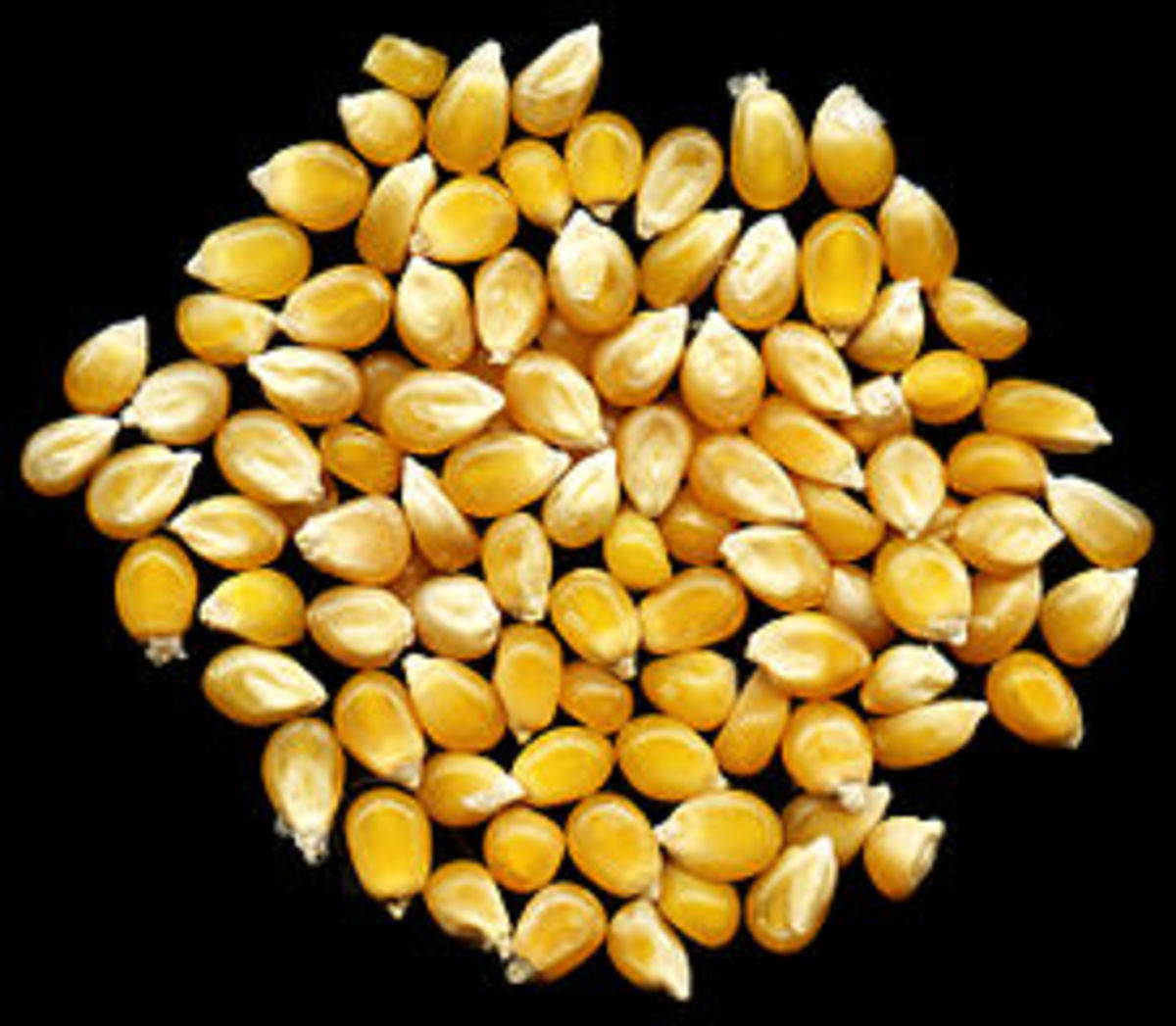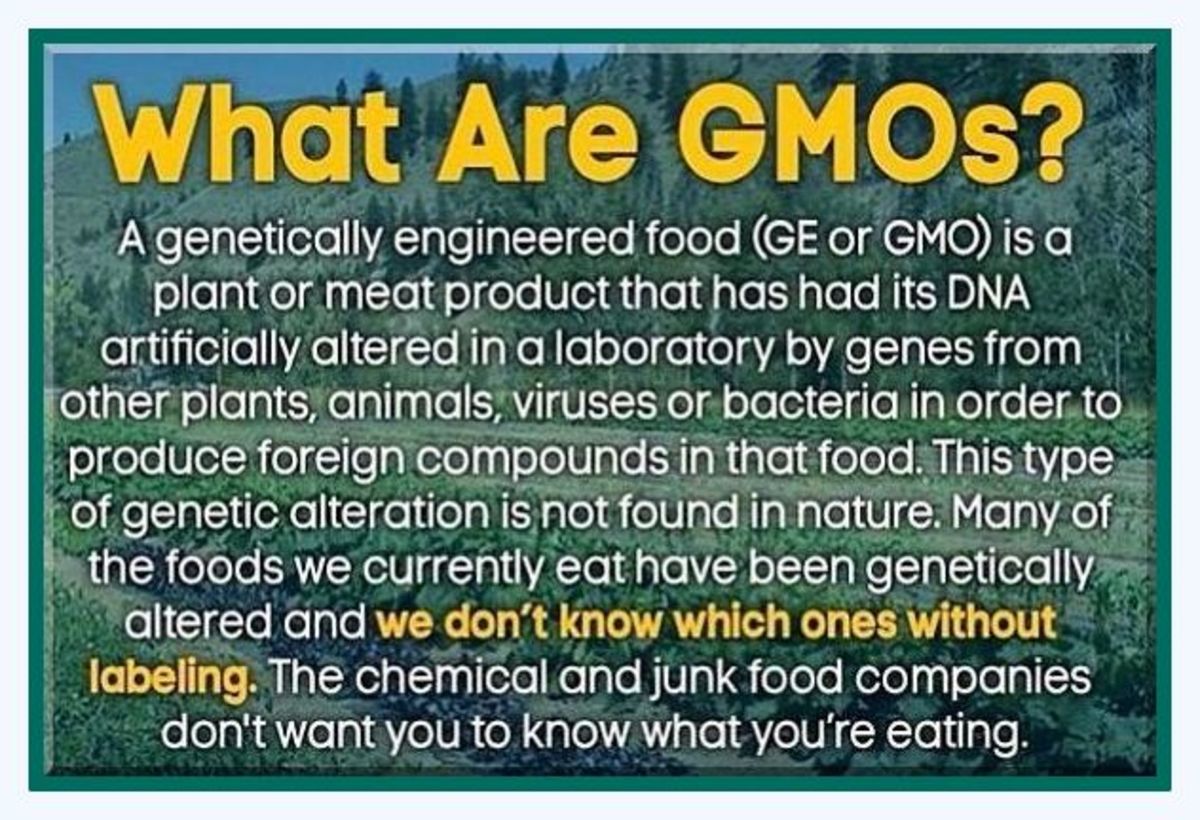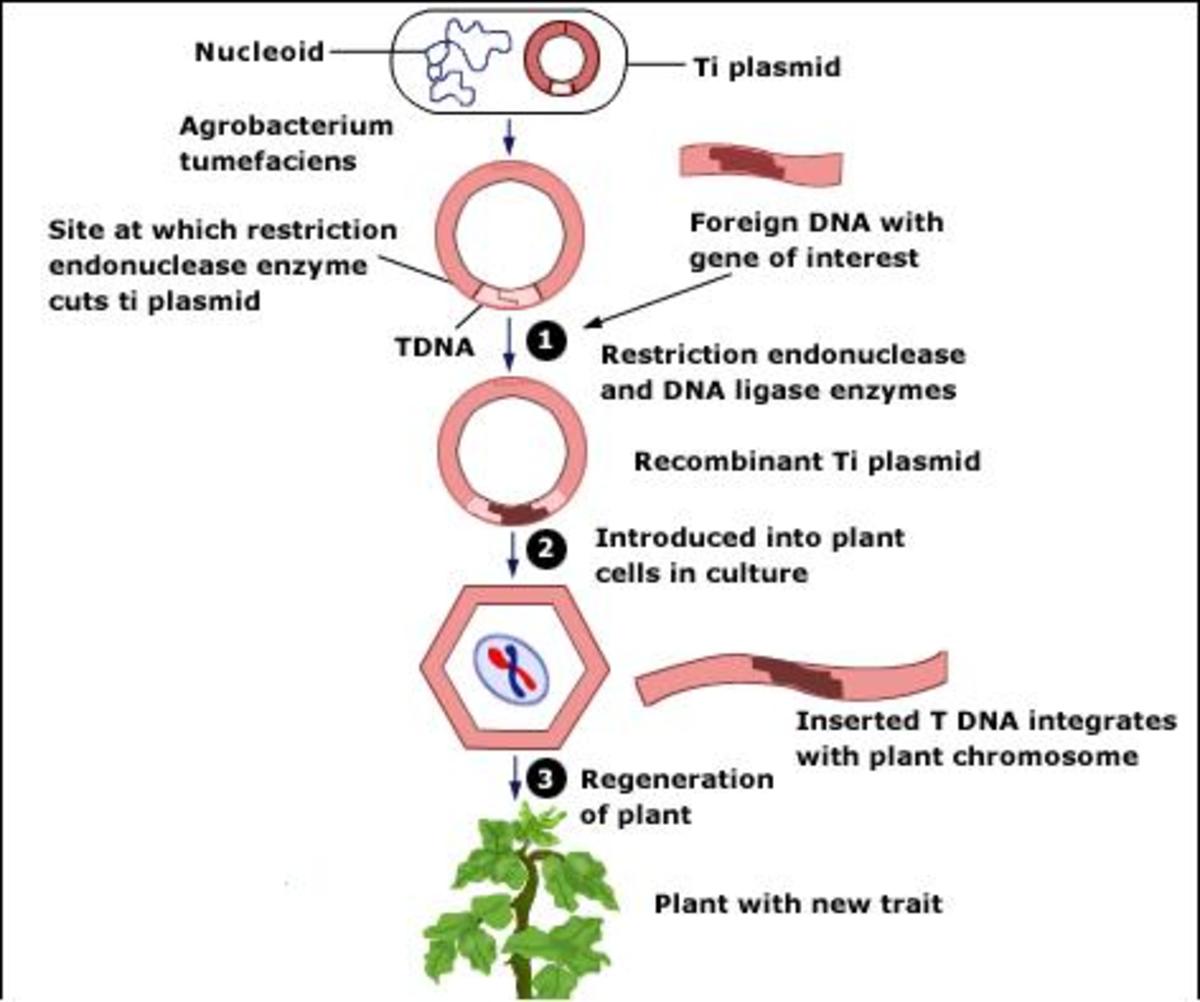Adulterated Fast Foods, Convenience Foods, Water
What you don't know can definitely hurt you!
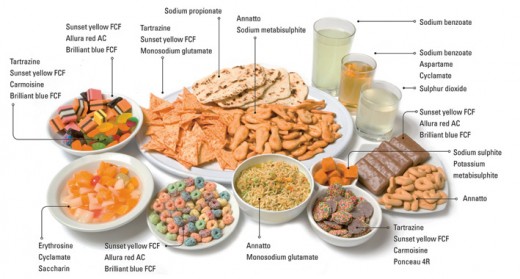

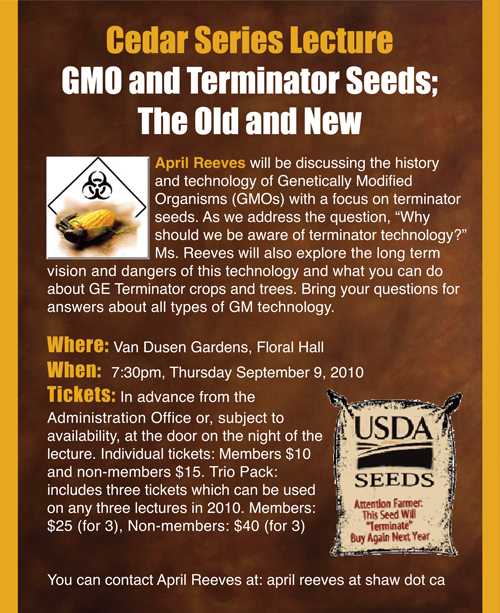
“Additives”: A Fresh Look at how Food and Drink is Being “Improved”
There are a growing number of health related situations that people are becoming aware of and are concerned over the long term impact to their health. There are additives in the water supply for many parts of the world and food as we know it is changing rapidly. In the beginning, these were few and far between, such as water fluoridation and chlorination. Food was treated with pesticides and fungicides. But over the years, the list has grown to a staggering number of additives and adulterations, especially in food, but water is also under threat.
Water is essential for and the foundation of life as we know it. For most developed countries, tap water contains both fluorine (1) and chlorine (2). These are put in with the idea to prevent tooth decay and to kill of harmful bacteria and viruses. Some survival manuals will even tell you to put in a small amount of chlorine in wild water in the outback when you are camping or have bugged out in survival mode. There are those who contend that this health benefit is not so for fluoride at least, as it is a toxic industrial waste. Chlorine itself is highly toxic and if the vapours are breathed in, it combines with water to form hydrochloric acid and will dissolve your lungs. Additives that are under consideration according to some reports are, lithium (3), Ritalin (4), Prozac (5, 5a) and others. From the environment, items found in water that have settled out from the sky or washed in from the watershed are, radiological elements, lithium, boron (6), aluminium (7), soot (8), pesticides (9), fungicides (10), heavy metals (11), dilute petrochemicals (12), industrial chemicals (13) In addition to the foregoing, it has recently become clear that many states in the US have made it illegal to collect rainwater (14). By default, people must use tap or deep well water, some of which is now heavily contaminated with flammable materials brought up from fracking (15) for natural gas. They can resort to bottled water, but even here there is controversy. Some people suggest the bottled water is nothing more than tap water brought in from places like India on container ships (16).
Lithium is prescribed to patients by psychiatrists with bipolar disorder. It is used to control what is defined as violent and rapid mood swings and what others might call schizophrenia and even demon possession. It has a mentally soothing influence, moderates emotional swings, making the patient docile.
Ritalin is prescribed by psychiatrists for ADHD (Attention Deficit Hyperactive Disorder). In essence it is a calming agent, behaving somewhat like the natural brain biochemical dopamine to induce as state of calm and restfulness. It is often prescribed to children that have difficulty in school concentrating for long periods of time on a single focus and who can't sit still for hours on end. Ritalin has also found its way onto the street as one of a host of drugs people willingly pay for and take to induce a state of calm and relaxation. It is thus regarded in this context as a narcotic and could land pushers and users in jail.
Prozac used to be popular as the “happy pill”. It used to be prescribed for depression in order to lift a person out of the emotional doldrums and get them active in the community. There is little doubt that this has also found its way to the street as the happy pill for those who want a lift in their spirits.
Why would a government want to add other things to water besides the traditional treatments of fluorine and chlorine? The short answer according to some is to make a potentially dangerous population docile, calm and happy even in the worst of austerity and economic collapse. There is no shortage of news today on economic downturns, austerity, unemployment, homelessness and mushrooming poverty. Nor is there any shortage on rebellions and uprisings all around the world.
Food is a more complex issue that goes beyond basic psychological manipulation and control. Among other things, whatever is added to the water, also goes into the food. Food, once pristine and the foundation of nutrition and good health has changed tremendously over the last century and into this one. The agribusiness industry adds many non food items and is also behind new methods for food creation and preservation. Food today can include the following limited list of agents such as, preservative chemicals (17), GMO (18), extenders such as sawdust (19), pesticides (20), fungicides (21), antibiotics (22), growth hormones (23) and radiation (24). But as all food that we eat has a large amount of water in it and much of that comes from plumbing or deep wells, all the contaminants in the water are also added to the food, whether vegetables, fruit, nuts, tubers, legumes, milk and meat. Everything that we eat is exposed to a contaminated environment and is raised with water with all the contaminants plus others that are added by agri-business. There is a cozy relationship between agri-business and giant chemical firms like Monsanto (25) and Dow. The environment and water supply is so polluted that even organic food is little better than the “traditional” stock as it is euphemistically called. What you don't know can destroy your health, vitality, energy and wind up killing you very painfully. But, then again, we may be so loaded with toxins that if the environment were suddenly cleaned up and all is made pure, we might suffer extreme withdrawal as a heroin addict suffers during withdrawal.
We now look at the unknown (to most) world of food preservation. Among these are new and old items ranging from drying, freezing, salting, pickling, chemical preservatives, GMO engineering, food extenders, pesticides, fungicides, anti-biotics and radiation. These processes are used in most food and food based drinks like milk and juices. Of the foregoing, perhaps the oldest is drying. This has been done in many places going back prior to the dawn of history and is likely the healthiest way to preserve food for extended periods. This practice was done world round by aboriginal peoples and is still being done for many items. Drying is done mainly in cereals and meat, though fruit and vegetables are now included with modern freeze drying methods. There exists both ancient and modern methods for drying ones own food for long term preservation. Freezing was a natural during winter months and in the high arctic region. Refrigeration came later with natural evaporation methods thought to have developed in the 18th century in Iran and extended from there. Salting is also an old method and was used widely in Canada since the Europeans arrived and is thought to have been used by the First Nations. The Chinese have also used salting of just about everything since the dawn of history. They also used drying methods for just about anything that can be thought of. Dried products can still be found in Chinatown locations in every major city. Pickling in wine and vinegar are also ancient, but the practice was rather narrow as to what could be pickled. Then of course, for juices in particular, there is fermentation to make a wide variety of wines. This practice is also ancient, going back to the dawn of history. These, with the exception of salting, are among the healthiest ways to preserve food. Modern advances have considerable controversy and are arguably questionable.
Chemical preservatives are found in every processed food in the market and sometimes packaging does not include a list of what is in food where legislation is lax. Where it is not, the list of ingredients in packaged and processed food can be a formidable and challenging read even for the more advanced in education. They include items like monosodium glutamate, mononitrate, calcium D-pantothenate, pyridoxine and a long, long list of others that the average person knows nothing about and no attempt is made to indicate what they are in plain English. Some of these names sound like ingredients for rocket fuel more than for human nutrition and consumption.
Genetically Modified Organisms (GMO) have by now, a history of a few decades and now are common among foodstuffs in the supermarket and restaurants. In most circumstances, there is no requirement to label foods that have been genetically altered. So many people have no idea if they are eating GMO food or not. In addition, wind pollinated GMO food such as corn has contaminated non GMO stock with their genes and this has led to legal and health repercussions too extensive to describe here. The argument in favour of GMO food has been to make food resistant to disease and pests in order to secure the food supply and to feed the ever expanding and hungry human population. However, problems have arisen concerning GMO food and these range from pests and diseases that have adapted to live on these new foods as untapped hosts. In addition, the glowing promises of feeding the hungry have gotten nowhere. Some people cannot handle GMO foods and wind up sick as a result of eating foods genetically modified to contain pesticides built into their genetic makeup that the pests are now immune to. GMOs now extend to the food animals such as the new “spider goats” that produce spider silk protein in their milk. So far, no explanation has been given for the necessity of spider goats. Other animals are also genetically modified or are targets for such research.
Remember the days of “Hamburger Helper (TM)”? This is the idea of a food extender, making a minuscule meal look more substantial by bulking it up. But today, extenders include a whole panoply of items used in the food industry to bulk up foods to make it look like one is getting more. In the past, bulking agents included flour and sugar, but that has grown to include sawdust cellulose. Due to the practice of logging and lumber making, a lot of “waste” sawdust and slash is created. In the past, this was simply burnt, but now with the demand for sawdust for the manufacture of particle board, chip board, melamine and now food extension, this is no longer burnt. Unlike termites, human beings and most other mammals cannot digest cellulose. Thus it passes through the body undigested. Some food products today are up to 40 percent filler of this kind. The problem with cellulose is that it takes energy to digest food, even in attempting to break down agents that cannot be processed. The result is that some people eat more to make up for the 40 percent loss and the energy wasted in attempting to break down cellulose. This has been a boon to the “Supersize Me” market, where people are now eating twice as much just to maintain being hungry free. But, even though they are getting less food value in a normal serving, by doubling it, they are taking in more fat and getting obese, which is a health risk in itself.
Fluoridated Water
Experiments With Food Additives
In the past, science attempted to resolve the cellulose digestion problem so that people could digest the substance. This was done by taking bacteria from the gut of termites that can digest cellulose and altering it via genetic modification so that it would work in the human gut. There was reportedly a major problem with methane generation and this was abandoned. Adding sawdust, or cellulose to food was not abandoned and it shows up predominantly in cereals, off the shelf processed baked items and fast food. So the next time you eat out at that popular fast food joint, consider the fact that the buns and pastries are in a large part, made of processed sawdust. You're eating wood my friend! One might rewrite that jingle “Two all sawdust buns”. Another experiment was done concerning fast food and that is the fact that they do not degenerate and decay like real food. An experiment was done to see how long certain items would last without refrigeration or any other intervention. At last report, the popular meals that were two and five years old, look almost as fresh as the one made on the day of the film. Some of us wonder if the preserving agent is cedar sawdust as cedar has natural self preserving qualities making it immune to fungus and rot. As people eat these, they absorb these chemicals and there are also reports of dead people failing to decompose. If there is any truth to the foregoing, it might make an interesting find about 2,000 years from now when future archeologists and anthropologists dig up copses that are as fresh as the day they were buried.
Pesticides come built within GMO foods, but the spray on kind is still widely used, now even on GMO foods that are no longer bug resistant. So in effect, people are eating a double dose of pesticides from sprayed GMO foods and a regular dose in non GMO foods. The problem is, that as it is not required to label which food is GMO and which is natural of traditional, people don't know if they are getting a double dose or a single dose. The result is that people are getting sick from an increasing base of nerve toxins in their body, Many pesticides are related to nerve gas which paralyses the nervous system. However, some people do adapt after a while, just as people adapt to toxic drugs where they have to take more and more to get the same result. If and when for whatever reason, the supply is cut off, then a phenomenon known as toxic shock occurs as the body attempts to eliminate built up toxins. The problem also surfaces when a person goes on a weight reduction program as toxins usually hide in the fat where the body stores them temporarily prior to processing through the liver for elimination. Too much toxin can cause either liver and/or kidney failure and no one is the wiser as to the real source.
Along with pesticides, some food is genetically altered to resist fungal attack. As with the pesticide genes, the efficacy soon wears off as fungus adapts to food stuffs that have the built in resistance. Then a topical fungicide is also required as in days gone by. The end result is the same for foods with pesticide genes insofar as people might be getting a double dose of fungicides in their food and have no way to find out. Some of the latest news concerning the failure of GMO fungicides is the lobbying by Monsanto to begin spraying food crops in America with a chemical similar in design to the infamous agent orange of the Vietnam era that was used to defoliate jungles and expose the Vietnam fighters to be eliminated more easily. Agent orange also had the effect of causing wide spread damage and many terrible birth defects long after the spraying. Some areas of Vietnam have not recovered since the last spraying of agent orange in 1976.
Anti-biotics typically show up in meat products as most food animals are raised in factory farm settings under warehouse like conditions in huge building enclosures. These environments tend to pen animals in small containers like battery cages for egg hens and tight pens for cattle and pigs. There is hardly any room to move at all in these overcrowded and stressful conditions. Animals in this kind of environment are prone to disease, so in a preemptive gesture, managers routinely inject or feed all the animals anti-biotic disease controls. This practice worked in the beginning, but with resistance to anti-biotic measures on the increase with the evolution of super bugs like MRSI, agribusiness managers are having to resort to either new tactics or more anti-biotics. When these animals are slaughtered for the meat industry, the anti-biotic content is passed directly onto the consumer who eats factory farm meat.
Growth hormones are given to animals to speed growth and to get them to market faster, bigger and juicier. But, as in the anti-biotic content, these growth hormones are passed to the human population that loves their burgers, bacon and southern deep fried chicken. Some of the growth and obesity of the later generations might be directly attributable to the growth hormones they are unwittingly eating. As some of these hormones also tend to trigger early sexual maturity onset, this might also be what is behind the earlier onset of puberty in the latest generations of people. What used to occur around eleven years old on average has been emerging now in eight year old children.
Radiation preservation was begun shortly after the beginning of the atomic age. It was found the radiated food tended to have a much longer shelf life than the non irradiated food of the same type. The US got heavily into irradiating food, whereas Canada tended to avoid it. The clue that food has been irradiated is the metallic taste that is reported in these items if they are used “fresh off the shelf”. Otherwise, items like potatoes, which tend to sprout in the late winter, and apples subject to rot, do not last long unless placed in a cool nitrogen atmosphere. The fast answer is to massively irradiate many items to kill off any disease and the tendency to sprout. The irradiation is usually effected using cobalt 60 at around 60 Kilo-rems, which would be a fatal radiation dose for people. This fills the food with free radicals which are absorbed when eaten and give one that tired out feeling. Free radicals will also give one aches and pains. This is why some companies can sell people on free radical absorbing supplements. On a healthy diet, it usually takes a day of hard labour to make one tired and filled with free radicals. Being tired on arising from a good nights sleep might be an indication that there is something wrong with what you are eating and to take a closer look at the diet.
Perhaps on of the worst inventions to come down the pipes in the sum of history is the so called terminator seed that is being pushed onto the world's peoples by Monsanto. Terminator seed has been genetically altered so that the plants produce sterile seed that will not sprout, taking the farmer out of the loop and forcing dependence for new seed from the distributor. Most farmers in the world are poor and can't afford the high cost of terminator seed every year. But this does not stop the product from sales as it is now illegal in many countries to harvest and save your seed for next year. Like other GMO plants, pollen that gets loose into the wild, can cause non GMO plants to produce terminator seed and threatens the entire world's food supply. This single fact can lead to a potential world wide famine when no more food can be grown. It is already borderline with global dimming and wild weather and now the added insult of terminator seed. Food production has come a long way, but with what we know and more importantly,what we don't know that can have deadly consequences. In the final analysis, is it really healthy for us?
References:
Additives to water:
Fluoride
1. http://answers.yahoo.com/question/index?qid=20090524041511AA4yj8r
http://en.wikipedia.org/wiki/Water_fluoridation_controversy
Chlorine
2. http://www.hc-sc.gc.ca/ewh-semt/pubs/water-eau/chlorine-chlore/index-eng.php
Lithium
3. http://nursingplanet.com/pn/psychopharmacology_lithium_therapy.html
Ritalin
Prozac
5. http://www.prozac.com/Pages/index.aspx
6. http://www.ncbi.nlm.nih.gov/pubmed/10050917
7. http://www.ncbi.nlm.nih.gov/pmc/articles/PMC1474938/
8. http://www.enviroliteracy.org/article.php/1336.html
9. http://www.peelregion.ca/health/topics/pesticides/why-reduce/why-reduce4.htm
10. http://toxics.usgs.gov/highlights/measuring_contaminants.html
11. http://www.apis.ac.uk/overview/pollutants/overview_HM.htm
12. http://www.naturalpureorganics.com/petrochemicals.htm
13. http://www.scientificamerican.com/article.cfm?id=chemical-tainted-food
14. http://www.naturalnews.com/029286_rainwater_collection_water.html
15. http://www.water-contamination-from-shale.com/
16. http://www.cbc.ca/news/canada/newfoundland-labrador/story/2007/02/01/suzuki-water.html
17. http://pubs.acs.org/cen/science/8045/8045sci2.html
18. http://gmoguide.greenpeace.ca/shoppers_guide.pdf
19. http://richardbrenneman.wordpress.com/2011/07/07/soylent-green-ain't-people-folks-it's-sawdust/
http://www.zonediet.com/forums/aft/61235
20. http://www.thedailygreen.com/healthy-eating/eat-safe/dirty-dozen-foods
21. http://blog.seattlepi.com/naturalmedicine/tag/fungicides-in-food/
22. http://jac.oxfordjournals.org/content/53/1/28.full
23. http://www.sustainabletable.org/issues/hormones/
Food Inc.
Some interesting research into food additives and their results
- Antibiotics and our food supply
Do you know what you're eating? Big business and government have joined forces to promote antibiotics in our food. We need safe practices not drugs in our food supply. - Monsanto\'s GMO Corn Linked To Organ Failure, Study Reveals
In a study released by the International Journal of Biological Sciences, analyzing the effects of genetically modified foods on mammalian health, researchers found that agricultural giant Monsanto's GM corn is linked to organ damage in rats. - Farming for the future
The future of humanity depends on the future of farming. We have arrived at a point where change is necessary to avoid a calamity which threatens to collapse everything we know. Climate change and... - Animals an Average Person Eats in a Lifetime
In a world of eat or be eaten, many are unaware of how many animals must give up their lives in order for us to live another day. We must ask ourselves, are we worthy of that massive sacrifice over the extent of a lifetime?
This Just In, A Little Bit of Monsanto History and Mystery Ingredients
- Fast food nutrition facts - mystery ingredients are industrial chemicals
What;s in all those fast foods and convenience items that many of us buy? You would be shocked to know. Check this heavily referenced source. - Oklahoma lawmaker wants to stop Pepsi from using aborted fetus cells in soda flavoring research
This is an article on the use of aborted fetuses in soft drinks.


